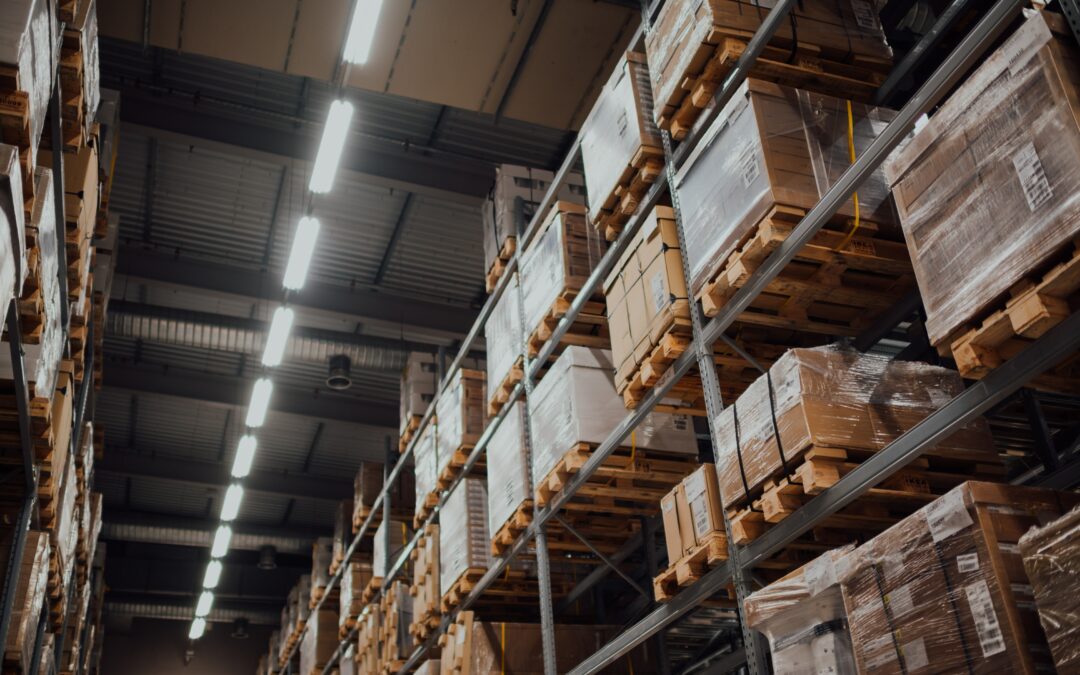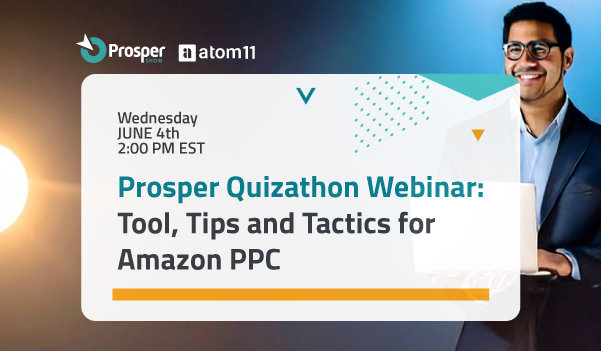How to Choose an Amazon Fulfillment Model – and Why You May Need More Than One
By Phyllis Jackson, Content Manager, Ware2Go
Whether Amazon is your primary sales channel or you leverage it as a marketing and product discovery tool, one thing is clear – Amazon is the market leader in creating a personalized shopping experience and offering the delivery optionality and speed today’s consumers expect.
Amazon fulfillment is key to success on a platform that defines itself by customer obsession. Better fulfillment on Amazon drives better sales, customer reviews and ad performance, but meeting shoppers’ expectations without sacrificing margins isn’t easy. If you’re an Amazon seller working to balance consumer expectations with profitability and sustainable growth, you’re not alone.
Choosing the right fulfillment model unlocks your sales potential and helps drive profitable long-term growth. The truth is, no single solution is perfect in every situation, and like most things, there is no one-size-fits-all solution.
A Complex Ecosystem
A recent survey of 1,000 merchants across all industries revealed that small to mid-sized businesses (SMBs) need greater access to consulting and day-to-day fulfillment support for their Amazon business. According to the survey:
- 44% of SMBs need help evaluating if Fulfillment by Amazon (FBA) is best for their business.
- 41% need help allocating inventory across Amazon and other sales channels for eCommerce fulfillment.
- 41% are seeking FBA Prep support.
The first step to deciding which Amazon fulfillment model is best for your business is to weigh the pros and cons of each option. The next step is to take a look at your product catalog to understand the benefits of each model at the SKU level. And the final step is to de-risk your Amazon fulfillment strategy by leveraging secondary models for backup in case of stockouts or unexpected changes in demand.
Pros and Cons of Amazon Fulfillment Models
The three primary Amazon fulfillment models offer different benefits for different sellers, depending on their product catalog, category, and overall sales strategy.
- Fulfillment by Amazon (FBA)
Fulfillment by Amazon (FBA) is a hands-off solution for sellers where all fulfillment is outsourced to Amazon. Sellers simply prep inventory according to Amazon’s guidelines and ship it to an Amazon hub. Amazon then manages inventory distribution and storage as well as the post-click consumer experience.
Most sellers choose an FBA fulfillment model to gain Prime status, which is often associated with winning the Buy Box and better overall sales performance. However, FBA sellers forfeit access to valuable customer data they could use for remarketing and building customer relationships. Products are also shipped in Prime-branded packaging, which may lead customers to associate their purchase with Amazon rather than directly with the seller’s brand.
Between Amazon’s strict FBA prep requirements and ever-evolving fee structure, many merchants may wonder if the convenience of FBA is outweighed by the operational burden and loss of brand control.
- Fulfillment by Merchant (FBM)
With Fulfillment by Merchant (FBM), the seller manages their own fulfillment, either in-house or through an outsourced fulfillment partner. FBM sellers do not have Prime status, but they can still offer free 2-day shipping, which is the most attractive aspect of Prime for most Amazon shoppers. In fact, 41% of Prime members say they are simply looking for fast shipping, regardless of Prime status.
If you are in a less competitive product category, you may not need Prime status to succeed on Amazon. With the right default handling times and proper inventory distribution strategy, you can still give your Amazon customers the free 2-day shipping they have come to expect.
The primary benefit of FBM vs. FBA is access to valuable customer data for remarketing and nurturing your customers.
- Seller Fulfilled Prime (SFP)
Seller Fulfilled Prime (SFP) is truly the best of both worlds. SFP sellers have access to their customer data and Prime status. With SFP, sellers handle fulfillment themselves, either in-house or through a fulfillment partner such as 3PL or an on-demand warehousing partner.
SFP is closed to new applicants, but you, like many other Amazon sellers, may be SFP eligible but unable to meet the 1- to 2-day page-view metrics.
A Multithreaded Solution
When weighing the pros and cons of each fulfillment model, it’s clear that no single solution will check all of the boxes of operational efficiency, cost-effectiveness and customer service levels. That’s why most successful Amazon sellers leverage multiple fulfillment solutions at one time.
Depending on the diversity of their product catalog, they may choose different models for different SKUs. For example, FBA is often most effective for small, lightweight products as the FBA fee structure becomes cost prohibitive for products Amazon deems “oversized”. Eligible merchants can fulfill oversized products via SFP. Otherwise, many merchants may find that the tradeoff of fulfillment costs vs. sales velocity makes FBM an attractive option.
Even sellers who rely on FBA should have a secondary fulfillment method in place to keep listings active in case of stockouts. FBA’s changing restock limits make it difficult for many high-velocity sellers to keep inventory in stock, causing them to go out of stock. Out of stocks on Amazon lead to decreased seller authority, which leads to poor ad performance and lower organic search rankings.
The most effective method to protect against stockouts and keep listings active is to leverage FBM as a backup to FBA. In practice, this looks like each of having a secondary SKU behind all of your best-selling ASINs that are fulfilled via FBM. When your primary SKU goes out of stock, simply turn off that listing and activate your backup SKU. This will keep the listings for your top ASINs active at all times.
Simplicity Is Key
A multi-threaded Amazon fulfillment solution may be the most effective, but managing multiple solutions can get complicated. The key to any solution is to find a streamlined approach that does not interrupt your day-to-day operations.
AUTHOR BIO
Phyllis Jackson writes about supply chain, fulfillment, and eCommerce sales channels to help merchants of all sizes learn how they can make fulfillment a competitive advantage for their business.



Recent Comments